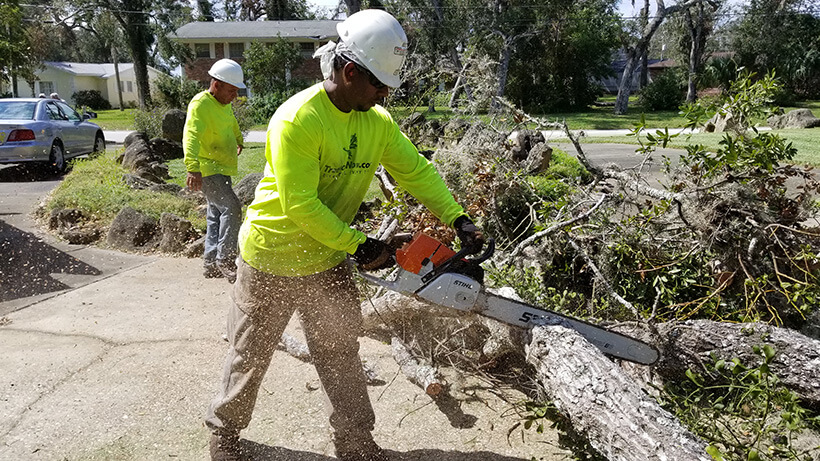Tree trimming is an essential practice that helps to maintain the health and beauty of trees. It involves removing dead or diseased branches, shaping the tree for aesthetic purposes, and promoting better growth. However, tree trimming is not a one-size-fits-all approach. Different techniques are used depending on the desired outcome and the type of tree being trimmed. In this article, we will explore some of the common techniques used in tree trimming and their benefits.
1. Crown Thinning
Crown thinning is a technique used to remove select branches from the crown of a tree. The goal is to reduce the density of the crown, allowing more light and air to penetrate through the tree. This technique is particularly beneficial for trees that have thick canopies, as it helps to improve air circulation and reduce the risk of disease. If you want to know more about tree trimming services you may check or visit Colorado Springs Tree Service.

Image Source: Google
2. Crown Raising
Crown raising involves removing the lower branches of a tree to create clearance between the ground and the lower part of the crown. This technique is commonly used to improve visibility, provide clearance for pedestrians or vehicles, or allow more light to reach the ground beneath the tree.
3. Crown Reduction
Crown reduction is a technique used to reduce the overall size and shape of the tree's crown. This technique is often used when a tree has outgrown its space or poses a risk to nearby structures. It involves selectively removing branches from the outer edges of the crown to reduce its overall size.
4. Pollarding
Pollarding is a technique that involves cutting back the main trunk of a tree to a specific height, creating a permanent framework of branches. This technique is commonly used for certain tree species, such as willows and poplars, to promote vigorous regrowth and maintain a specific size and shape.
